Could you tell us a bit about your history with the IPRC?
I was a part of the 2018/2019 Art Book Certificate program, which was my main introduction to the IPRC. This course really solidified my obsession with risograph and allowed me the space/time to do a dive deep into the medium. The program was the incubator I needed to birth my creative practice and have the confidence to launch my freelance design business. From there I became a risograph studio volunteer, and began to teach risograph workshops. I also taught a series of virtual workshops through the IPRC in 2020, which focused on exploring creativity and feelings through guided visualizations. I have some more coming up as well!
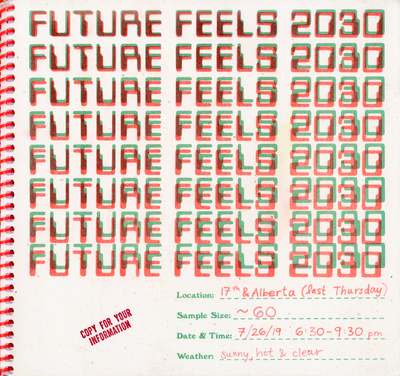
What draws you to the mediums you work with?
I love risograph for so many reasons, but you can’t beat the vibrancy of the colors and accessibility of printmaking using this medium. You don’t need to know how to use any computer programs to make something beautiful on a riso which feels rare these days. There’s also something really special about the spontaneous results that come about due to the irregularities of the machine and experimenting with different textures, papers, ink colors and settings. I discovered risograph when I was living in New Zealand and immediately knew it was the medium I had long been searching for, but there was only one risograph studio in the country that I knew of. When I moved back to the states I chose to live in Portland in part because I knew there were risograph studios like the IPRC and Outlet.
I’m also completely obsessed with speculative design, critical design, transition design, design research and experiential futures. I recently found these terms as ways to describe my work, and being able to dive into learning more about these fields has been an incredibly affirming and fascinating experience. The world is changing so rapidly and the future can feel so overwhelming, but these methods are a tangible way to make more informed decisions in the face of so much uncertainty. I love the way that using these frames of thinking can bring people along on an allegorical journey with you into a future world that can profoundly change the way they perceive a topic or situation in the present. It definitely feels like a special super power that I am excited to use in a social impact context.

A lot of your work seems to be focused on community engagement. In what ways do you think art can help facilitate community and bring people together?
I think of art and speculative design as a sort of trojan horse to get people to think critically about challenging topics. Future Feels is a very strange looking interactive exhibit that pulls you in to interact with it just out of pure curiosity to figure out what the heck it even is. I used to live on Alberta street and would just haul the exhibit out and pop it up on the sidewalk on the weekends. I would sit next to it and ask passersby if they wanted to answer some questions about the future. Some people thought I was crazy but some people would get drawn in and end up having really impactful insights which would lead to conversations with their friends, children, even strangers. I heard a lot of people saying “I thought I was the only one who felt this way.” I saw how many people were so hungry to have this conversation, and so curious to see how other people felt. If I had advertised it as a scientific study about climate change and turned the art dial way down to present it in a more clinical way, I think I would have gotten much less engagement.
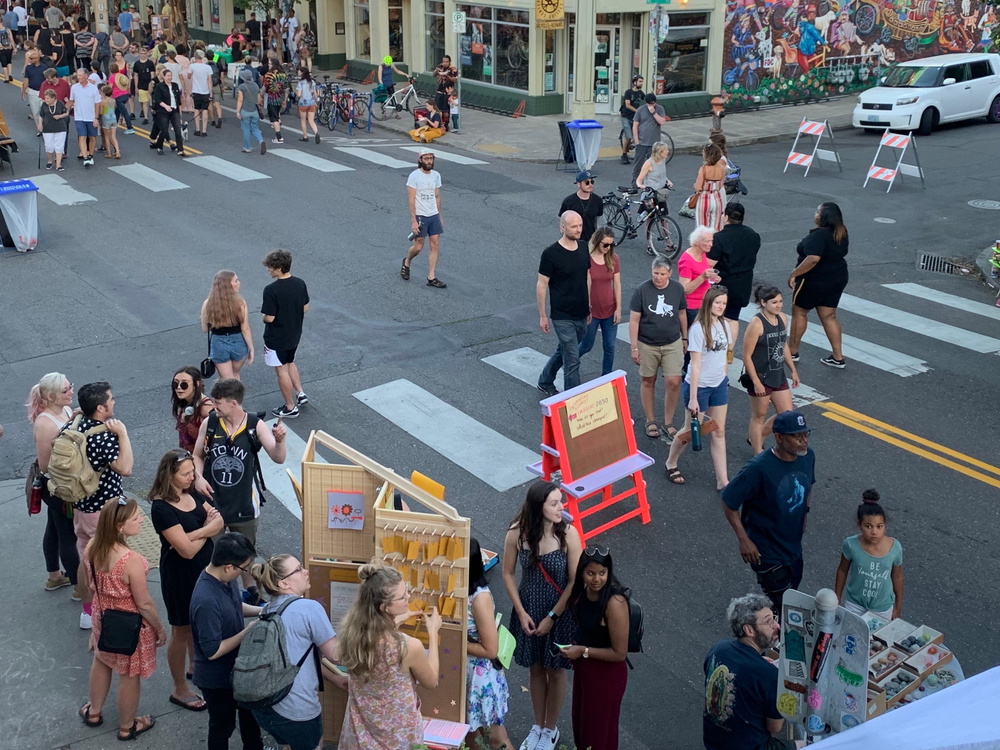
The Future Feels project focuses heavily on climate change, but also has a layer of community engagement. What inspired this to be a collaborative project with the public?
I was really tired of feeling like I was the only person in my circle who was terrified about climate change. I felt like I was being a bummer whenever I brought up the topic, but the more I talked to the people around me, the more I realized that I was not the only one having really intense feelings about the future of our planet. It just isn’t really a socially acceptable topic because it can be so negative and there aren’t clear venues for talking about it, so we were all just keeping those feelings inside. Since we weren’t talking about it, we felt really isolated in those feelings and kept them in. It’s hard and emotionally vulnerable to talk about really big scary uncertain things, especially when it’s a topic that can unfortunately be so polarizing.
Around this time I read in the Yale Climate Change Communication report that according to their research, 70% of Americans believe the climate is changing and that it will harm future generations, but ⅔ of Americans never talk about climate change!! The majority of us share this belief but we aren’t talking about it so we think we’re the only ones who are feeling this way. This lit a fire in me and I felt an urgent desire to facilitate this conversation on a larger scale. I was interning at the Portland Art Museum at the time, and was working on a project that involved getting visitors to write on large pieces of paper on the walls. I loved seeing how over time their responses would start to interact with each other and become an indirect way of having a conversation. I felt that there was a larger conversation about climate change and the future that I was interested in having with the public, so I built Future Feels using similar methods as a way of facilitating that conversation.
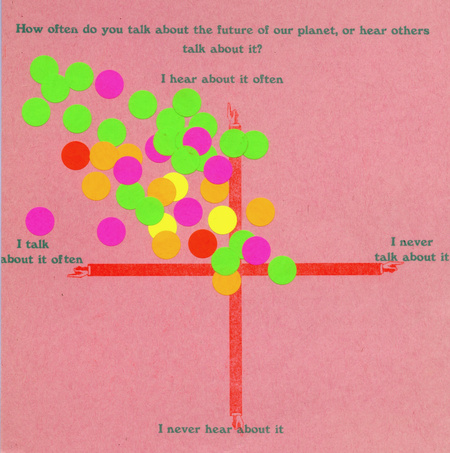
What is the importance of community centered design?
Design can be extractive and colonialist in nature, disregarding historical and contemporary systems of oppression. When I started learning about human centered design and design research, I realized that historically so much of what designers do is assuming that they know what people want and making that thing/service/etc, without talking to the people they are designing for about what they actually need. Community centered design decentralizes the design process, and gives space for people who are actually impacted by design decisions to have a say. Diversity of cultural background, thought, ability, gender identity, education, opinion, sexual orientation, religion, political affiliation, race, age, etc is incredibly important in the design process. Bringing diverse voices in with community centered design is a powerful way of creating more effective services, products, and ultimately a better world.
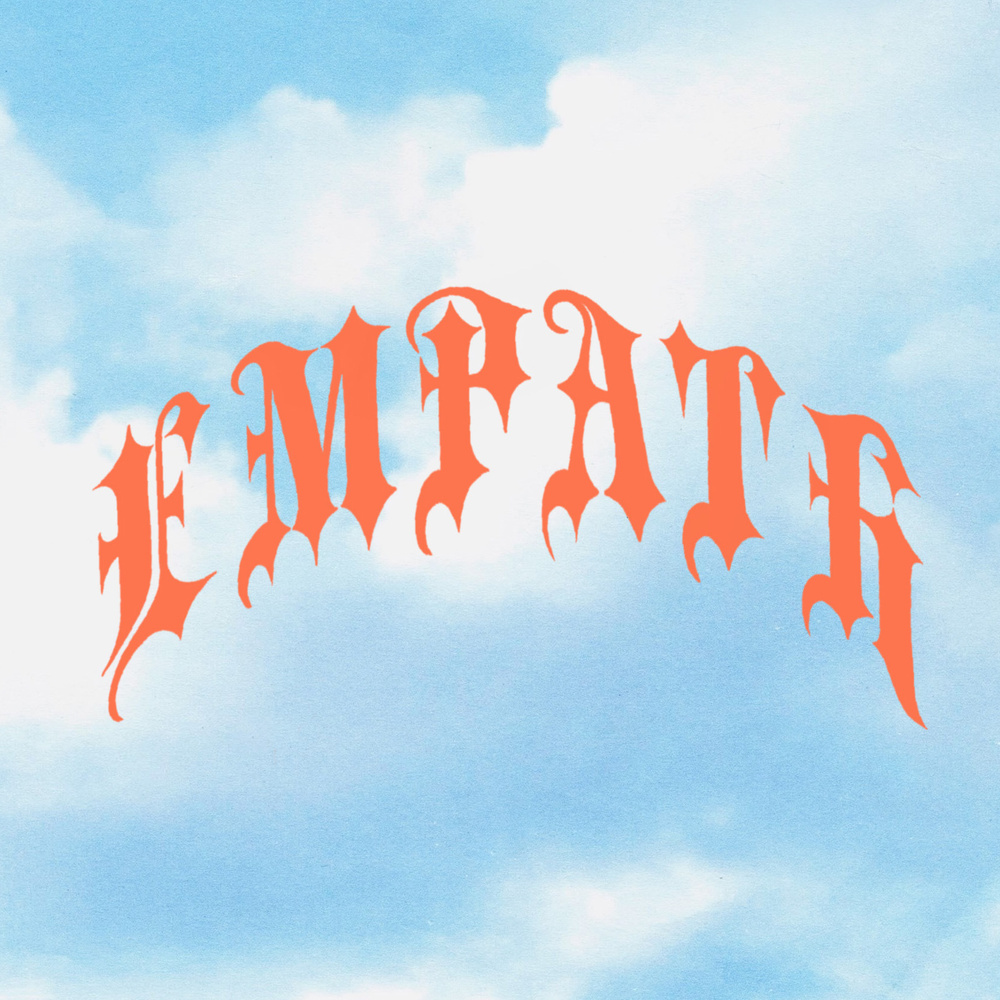
Another theme within your work seems to be encouraging people to acknowledge their emotions. Do you consider this a theme in your work, and if so how does it influence your projects?
Yes it’s definitely a theme! I think a huge part of grappling with the climate crisis is acknowledging our feelings about the topic so that we can begin to address it. If we’re avoiding how scared and anxious we feel about all these narratives of impending doom and we aren’t talking to people about it, then we most likely aren’t going to be taking action. I succumb to the “ostrich with its head in the sand” state a lot in order to block out thinking about climate change because it’s just too much sometimes. I think this is most likely a trauma response to how overwhelming the intangible scale and impact of the climate crisis is. It’s unsustainable to be in constant awareness of the devastating impacts that we are collectively having on our planet. We hear terrible things about what the future is going to be if we don’t drastically change all of these huge problems, like, yesterday. We’re gaslighted by the industries who are doing most of the damage into thinking that it’s our fault for using straws or forgetting our reusable bags. It’s intense and overwhelming!
I call myself a “Feelings Facilitator,” because I feel like a huge part of my creative and professional practice is helping folks get to the core of their emotional experience. I aim to create a space for participants in my exhibits and workshops, readers of my books, and my design clients to explore their emotional world in a way that feels safe and meaningful. We hold so much intelligence inside of ourselves, and sometimes it just takes a facilitated experience to help yourself navigate your inner space and explore the challenging feelings. In Future Feels specifically, I curate an experience for the participants – from addressing how they feel about the future in the present moment to guiding them into an experiential vision of their ideal future. So often we are sold this dystopic idea of what the future will be, but we aren’t encouraged to dream about what it could be, what we want it to be. I think this is a really important key to solving the climate crisis – having a beautiful, empowering vision to work towards, or your “why.”
If you could collaborate with one artist living or dead, who would it be?
I’m fascinated by the speculative design work of Extrapolation Factory, which is a speculative design firm. They do a fantastic job of prompting impactful conversations through experiential futures and bizarre design artifacts. Their 99cent futures project totally blew my mind and changed the way I think about my practice. I would love to collaborate with them on a project in the future.
Do you have any projects you are working on right now?
Most of my creative energy is currently directed at my freelance graphic design practice and learning more about experiential futures and speculative design. The COVID-19 pandemic has been really hard on my personal art practice since so much of it is based on community engagement. I do feel like this has been a necessary period of reflection and absorbing information, and I needed some space from my projects to get a fresh perspective. I’m hoping that this summer I’ll be able to revive Future Feels in a way that reflects all the things I’ve been learning and thinking about, so stay tuned 🙂
~~
Grace Mervin is a transdisciplinary designer and feelings facilitator exploring the intersection between the future of our planet, feelings and social practice. She specializes in creating experiences, brand identities and objects for earthlings through this lens. Her intuitive process involves a unique combination of participatory design, qualitative design research, graphic design, nonviolent communication, experiential futures, empathy and speculative design. You can learn more about her work at earthling.cargo.site or follow along on Instagram @futurefeels2030
All images used with permission of the artist
Interview by Luke Mollerup
